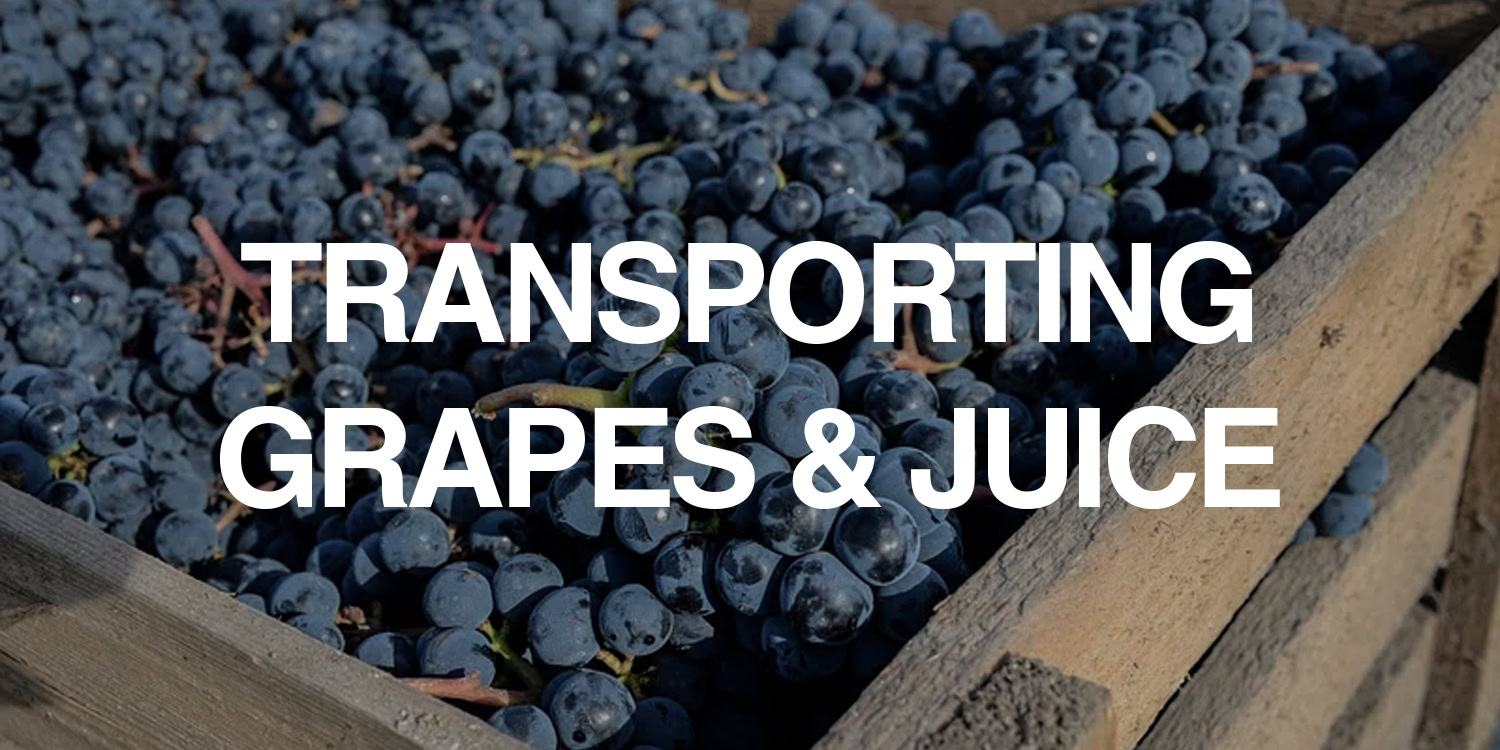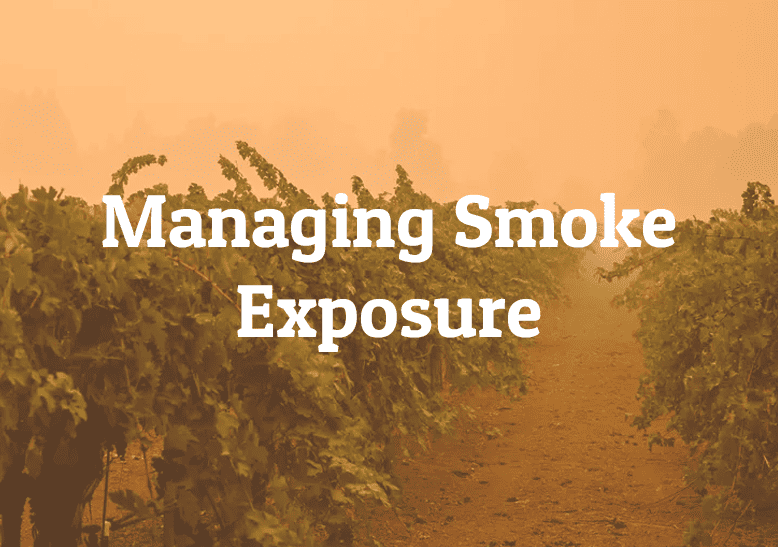Concerns about making red wine from under-ripe fruit
- Limited extractability from the skins (reduced color and mouthfeel).
- Unripe and green seed tannins (astringency).
- Green character in the wine (“green pepper”).
Issue 1: Limited extractability from skins
Under-ripe grapes often have thicker skins, which have a limited extractability. Anthocyanins, tannins and aroma precursors will
be harder to release from the inside of the grape cell.
Solution: The use of an enzyme will help break open the cell wall structure and release the anthocyanins, aroma precursors,
and soft tannins from the grape cell. Getting color and soft tannin extraction before the alcoholic phase of maceration will
help reduce the level of astringent character in the finished wine.
- Add LAFASE® FRUIT enzyme during first pump over at 40 g/ton.
Issue 2: Underripe tannin and green seed tannin
When phenolic maturity does not happen at the same rate as sugar accumulation the fruit can have harsh tannin. When this
happens in conjunction with seed tannin extraction, the result can be an increase in final wine astringency.
Solution: Limit the maceration time and the extraction regime during the alcoholic phase of fermentation. This shorter
maceration time can result in lower overall tannin content and lower color intensity and stability. Use fermentation tannins
to build structure, stabilize color and help reduce green character perception in the wine.
- Add at grape processing: TANIN VR GRAPE® (100% grape skin and seed tannin): 200 – 400 ppm or TANIN VR SUPRA®
ELEGANCE (blend of ellagic and proanthocyanidic tannin) 200 – 400ppm. - Add at 1/3rd alcoholic fermentation: TANIN VR COLOR® (blend of tannin sources, rich in catechin for color stabilization):
200 – 400 ppm.
Issue 3: Green Character in the wine
Fruit with under ripe phenolic maturity can impart a green or veggie character into the finished wine.
Solution: It is possible to reduce or mask the green character during fermentation and after fermentation with different tools:
- Use toasted oak granular during fermentation: NOBILE® SWEET VANILLA (3 – 4 g/L).
- Use a yeast strain that produces lots of fermentation esters: ZYMAFLORE® FX10 or ZYMAFLORE® RX60 (200 ppm).
- Use a yeast derived product rich in manno-proteins and polysaccharides: POWERLEES® ROUGE (200 – 400 ppm).
- Do an early fining treatment on all press wine: POLYMUST® PRESS (200 – 400 ppm).
- Use toasted oak chips during aging (2 – 3 g/L):
- NOBILE® SWEET VANILLA: Red fruits, vanilla, toasted marshmallow.
- NOBILE®
INTENSE: Dark fruit, mocha, toasted almond.




